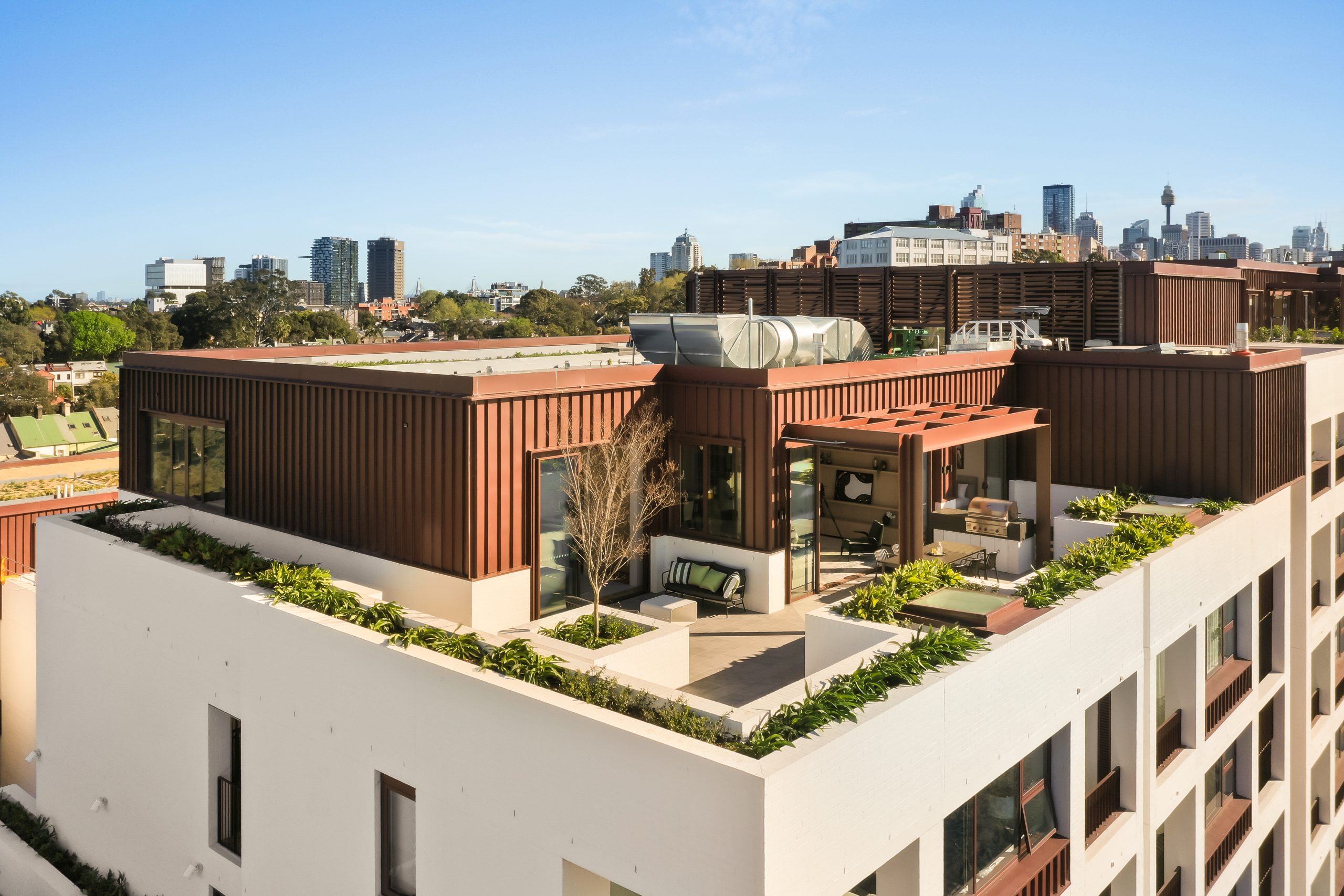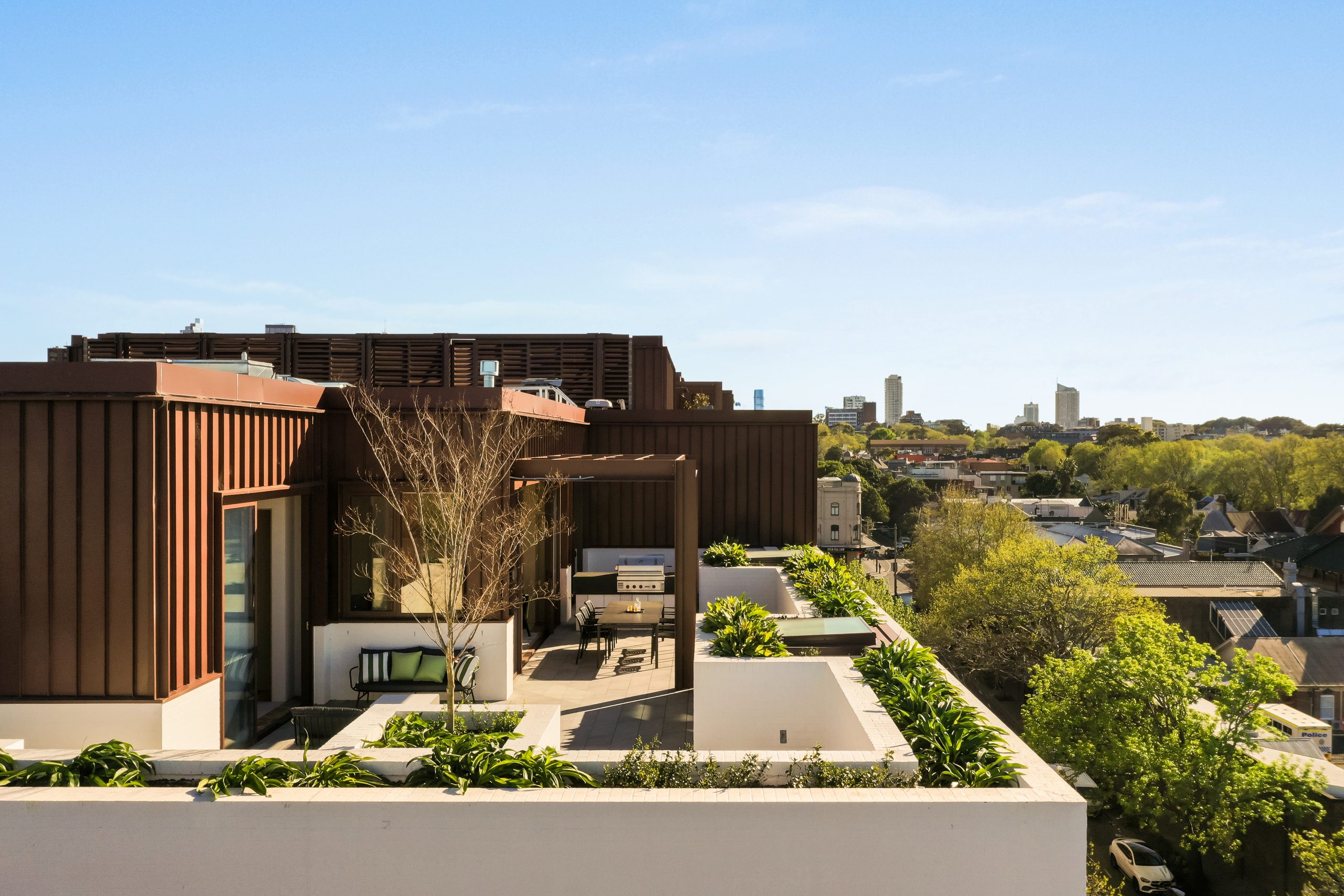Housing Boom Fades Worldwide As Interest Rates Climb
Prices are falling in some places, raising the risk of market routs and adding to central banks’ challenges.
Rising interest rates are slamming the brakes on a global housing boom during the pandemic, heaping extra pressure on central banks as they try to tame inflation without triggering deep downturns in their economies.
From Europe to Asia to Latin America, residential real-estate markets are coming off the boil, and in some cases seeing home values spring, as central banks jack up borrowing costs to bring consumer-price growth to heel.
The seasonally adjusted average home price in Canada was down nearly 8% in June from a peak earlier this year. In New Zealand, prices had slipped 8% in June from their peak in late 2021. Prices in Sweden in May fell 1.6% from the previous month, the biggest monthly decline since the pandemic began.
For the world’s central banks, skimming froth from bubbly housing markets is all part of the battle to bring inflation under control. Falling house prices usually result in weaker consumer spending as homeowners see wealth evaporate, easing upward pressure on inflation. Overall economic activity should slow as construction dwindles, banks issue fewer loans and real-estate agents make fewer sales.
“We are expecting to see some moderation in housing activity. And frankly, that would be healthy, because the economy is overheating,” Tiff Macklem, governor of the Bank of Canada, said last month.
The risk, economists say, is that central banks move too aggressively, causing a global housing-market slowdown that turns into a rout, with unpredictable effects.
Countries including Canada, New Zealand, Australia and Sweden look especially vulnerable, based on metrics such as real-estate’s share of their economies, the extent of their recent booms and homeowners’ sensitivity to rapid interest-rate increases, some economists say.
Analysts say the risk of a housing blowup of the scale of the 2008-09 financial crisis is remote. Banks and borrowers are mostly in far better financial shape now.
Still, a bigger-than-expected housing downturn could mean a deeper economic slowdown than central banks are aiming for to tame inflation.
A shrinking real-estate sector means laid-off construction workers and weaker demand for steel and other commodities. Falling home prices also hurt household and bank balance sheets, which tends to weigh on other parts of the economy. In extreme cases, financial distress ensues.
Faced with those risks, some central banks may decide they can’t lift rates as much as investors currently expect. Others may even pause or reverse rate rises to prevent a real-estate bust from spreading.
“Moderate housing downturns will be tolerated as a price that has to be paid for getting inflation back down,” said Neil Shearing, chief economist at Capital Economics in London. More severe downturns, though, could trouble central banks enough to shift policy, he said.
The U.S. is still experiencing strong house-price growth despite higher mortgage rates, as fierce competition outstrips limited supply. Average home prices in the U.S. rose by an annual 20.4% in April, according to the S&P CoreLogic Case-Shiller National Home Price Index, which measures average home prices in major metropolitan areas.
Federal Reserve officials have expressed determination to bring U.S. inflation down, even at the risk of causing a recession.
Global housing prices took off in 2020 and 2021, when central banks slashed interest rates and governments spent big on keeping companies and workers afloat during the pandemic.
An index of global house prices compiled by real-estate consulting firm Knight Frank shows that prices rose 19% worldwide between the first quarter of 2020 and the first quarter of this year, or 10% after adjusting for inflation, though some markets logged much stronger appreciation.
Inflation-adjusted price growth slowed to 3.9% globally in the first three months of 2022 from a year earlier, the index showed. Over the same period, house prices fell in real terms in countries including Brazil, Chile, Spain, Finland, South Africa and India, Knight Frank research shows.
The slowdown coincides with tighter interest-rate policy across much of the world and expectations of more to come.
After earlier rate rises this year, the Bank of Canada last Wednesday raised its policy rate by a full percentage point to 2.50% and said further rate increases are necessary. Gov. Macklem has said cooling housing is essential to push inflation down from a 39-year high of 7.7% in May.
With Canada mortgage rates at their highest level since 2009, house sales in June were down 24% from a year earlier, according to the Canadian Real Estate Association.
Real-estate brokerage Realosophy said Toronto sales declined 40% in May from a year earlier and now sit at a 20-year low. The median price for a Toronto home, excluding condominiums, is down nearly 20% from a February peak.
Daniel Foch, a real-estate agent who focuses on Toronto’s suburbs, said the mood among would-be buyers is “somewhat bittersweet, because a lot of them are seeing prices come down and they’re thinking, ‘all of sudden I can afford that house.’”
The problem, Mr. Foch said, is when they seek financing. “They realize their buying power has been reduced by the same amount.”
Economists are marking down their expectations for Canada’s economy as housing, which accounted for about one-fifth of the growth in gross domestic product last year, slows.
The Bank for International Settlements, which brings together many of the world’s top central banks, said in June that it could take a while for countries such as the U.S., where most mortgages have fixed rates, to feel the effect of higher rates.
But the same isn’t true for countries where floating-rate mortgages—which adjust as interest rates rise—are more common, as they are in parts of Europe and elsewhere, according to BIS data. In Australia, 85% of mortgages are floating rate. In Poland, the share is 98%.
The Reserve Bank of Australia is currently raising interest at the fastest pace in nearly three decades. Some retreat in house prices would ease affordability problems, but economists say any hint of a coming market collapse would quickly see the RBA stop tightening policy screws.
Overstretched borrowers are a particular concern.
“These are people who have taken out their first housing loan in the last year or so or who have bought a bigger house in the past couple of years and have borrowed as much as the bank would lend them,” RBA Gov. Philip Lowe said in a recent speech.
Economists say there are some grounds for optimism over housing. The price run-up was driven primarily by rock-bottom rates and evolving consumer preferences for more space, not the loosened lending standards or excessive risk-taking that culminated in the 2008-09 crisis. Supply of homes is tight.
Healthy labor markets and pandemic stimulus programs mean many households are in decent financial shape, though inflation is eating into incomes.
“As long as the unemployment rate stays low, interest rates should be manageable for the vast majority of households,” said Sharon Zollner, ANZ Bank’s New Zealand chief economist. “You won’t have a lot of sellers who have to just take whatever the offer is on the day.”
The impact of slowing markets will still be felt, however.
In New Zealand, where home prices rose 45% over 2020 and 2021, the median house price in June was down by about 8% from its November 2021 high of 925,000 New Zealand dollars, equivalent to about $565,500.
The reversal came after New Zealand’s central bank began raising its benchmark interest rate in October, and lenders tightened borrowing standards.
Asif Abbas Mehdi, a business owner in New Zealand’s Waikato dairy-farming region, said he has been trying to sell a three-bedroom, two bathroom townhouse for four months.
Initially he sought NZ$730,000, or about $450,000, then NZ$680,000, or about $419,000. He is reluctant to go lower than that.
“If nothing happens at 680,000, I might have to pull it off the market,” Mr. Mehdi said.
Reprinted by permission of The Wall Street Journal, Copyright 2021 Dow Jones & Company. Inc. All Rights Reserved Worldwide. Original date of publication: July 18,2022
 Copyright 2020, Dow Jones & Company, Inc. All Rights Reserved Worldwide. LEARN MORE
Copyright 2020, Dow Jones & Company, Inc. All Rights Reserved Worldwide. LEARN MORE
This stylish family home combines a classic palette and finishes with a flexible floorplan
Just 55 minutes from Sydney, make this your creative getaway located in the majestic Hawkesbury region.
A Sydney site with a questionable past is reborn as a luxe residential environment ideal for indulging in dining out
Long-term Sydney residents always had handful of not-so-glamourous nicknames for the building on the corner of Cleveland and Baptist Streets straddling Redfern and Surry Hills, but after a modern rebirth that’s all changed.
Once known as “Murder Mall” or “Methadone Mall”, the 1960s-built Surry Hills Shopping Centre was a magnet for colourful characters and questionable behaviour. Today, however, a $500 million facelift of the site — alongside a slow and steady gentrification of the two neighbouring suburbs — the prime corner property has been transformed into a luxury apartment complex Surry Hills Village by developer Toga Group.
The crowning feature of the 122-apartment project is the three-bedroom penthouse, fully completed and just released to market with a $7.5 million price guide.
Measuring 211sqm of internal space, with a 136sqm terrace complete with landscaping, the penthouse is the brand new brainchild of Surry Hills local Adam Haddow, director of architecture at award-winning firm SJB.
Victoria Judge, senior associate and co-interior design lead at SJB says Surry Hills Village sets a new residential benchmark for the southern end of Surry Hills.
“The residential offering is well-appointed, confident, luxe and bohemian. Smart enough to know what makes good living, and cool enough to hold its own amongst design-centric Surry Hills.”
Allan Vidor, managing director of Toga Group, adds that the penthouse is the quintessential jewel in the crown of Surry Hills Village.
“Bringing together a distinct design that draws on the beauty and vibrancy of Sydney; grand spaces and the finest finishes across a significant footprint, located only a stone’s throw away from the exciting cultural hub of Crown St and Surry Hills.”
Created to maximise views of the city skyline and parkland, the top floor apartment has a practical layout including a wide private lobby leading to the main living room, a sleek kitchen featuring Pietra Verde marble and a concealed butler’s pantry Sub-Zero Wolf appliances, full-height Aspen elm joinery panels hiding storage throughout, flamed Saville stone flooring, a powder room, and two car spaces with a personal EV.
All three bedrooms have large wardrobes and ensuites with bathrooms fittings such as freestanding baths, artisan penny tiles, emerald marble surfaces and brushed-nickel accents.
Additional features of the entertainer’s home include leather-bound joinery doors opening to a full wet bar with Sub-Zero wine fridge and Sub-Zero Wolf barbecue.
The Surry Hills Village precinct will open in stages until autumn next year and once complete, Wunderlich Lane will be home to a collection of 25 restaurants and bars plus wellness and boutique retail. The EVE Hotel Sydney will open later in 2024, offering guests an immersive experience in the precinct’s art, culture, and culinary offerings.
The Surry Hills Village penthouse on Baptist is now finished and ready to move into with marketing through Toga Group and inquiries to 1800 554 556.
This stylish family home combines a classic palette and finishes with a flexible floorplan
Just 55 minutes from Sydney, make this your creative getaway located in the majestic Hawkesbury region.



























